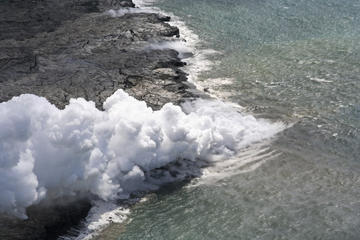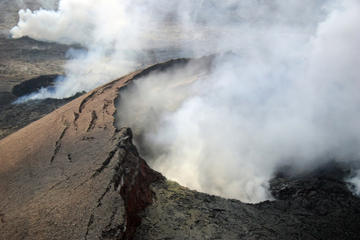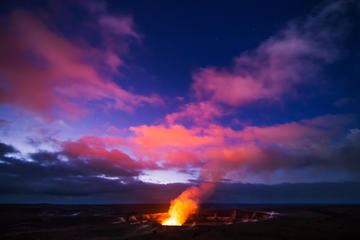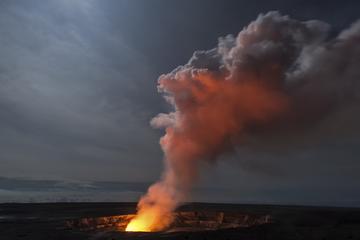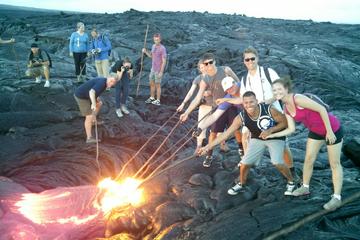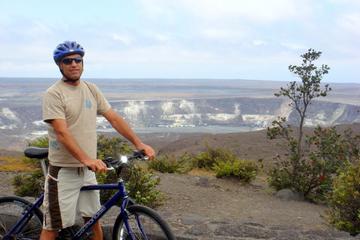Hawaii Volcanoes National Park
Two Active Volcanoes on the Big Island.
Hawaii Volcanoes National Park is the home to the active volcanoes Kilauea and Mauna Loa. The park includes flowing lava, a tropical rain forest and a barren desert, among other things. It was established in 1916 on the island of Hawaii.
The Kilauea eruption and earthquakes at the park in 2018 expanded the Kilauea cauldera and resulted in the national park’s closure for four months over the summer. The eruption resulted in extensive damage to Jaggar Museum, which is closed. Vehicles are only allowed to travel sections of Crater Rim Drive. Other closed areas and the recovery efforts are detailed on the park website.
Open / Close / Reopening Status of Hawaii Volcanoes National Park due to Coronavirus (COVID-19)
More information on Hawaii Volcanoes
Last Updated: May 2, 2020
Busiest Months
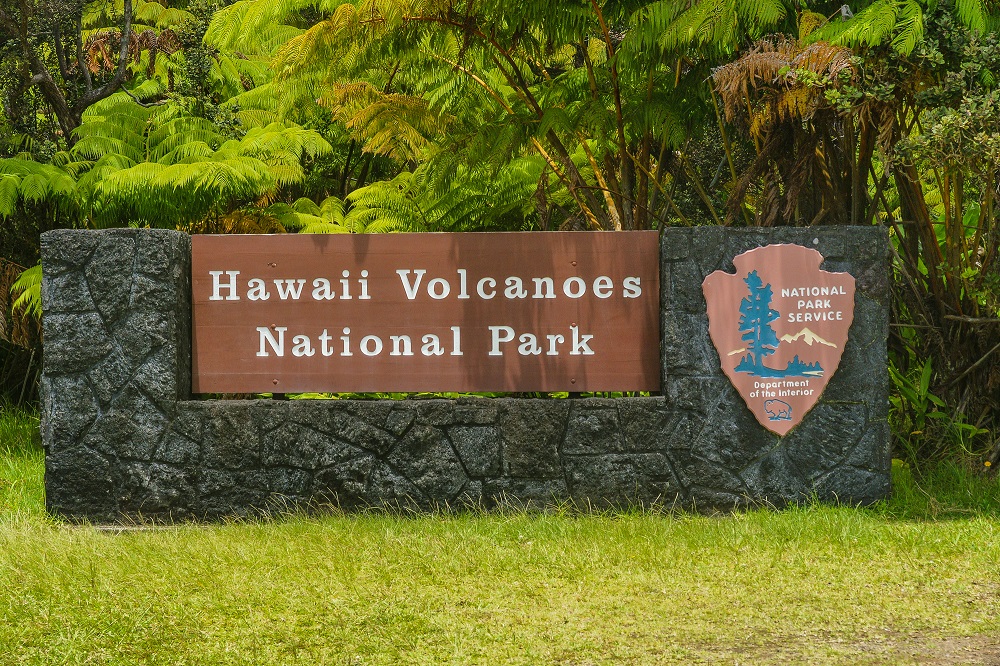
President Woodrow Wilson signed the bill creating Hawaii National Park on August 1, 1916, making it the country’s 13th national park at the time. It included the Haleakala Section at the time. Hawaii was a territory then – it would not become the 50th state until 1959. In 1961, the park units were separated and redesignated as Haleakala National Park and Hawaii Volcanoes National Park. UNESCO named Hawaii Volcanoes National Park an International Biosphere Reserve in 1980.
Halemaumau Crater
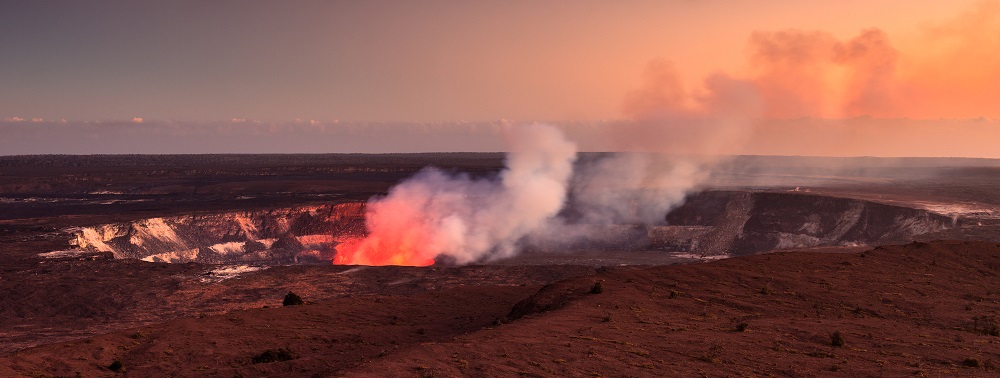
Halema’uma’u is a pit crater insider Kilauea Caldera. It doubled in size during 2018 during volcanic activity from the Kilauea volcano eruption. The crater has over many years contained an active lava lake. In 2019, a water pond was recorded there for the first time in history.
Kilauea Iki Crater & Trail
Kilauea Iki Trail is a four mile loop through a rain forest to the floor of the 1959 lava lake known as Kilauea Iki Crater that erupted in 1959.
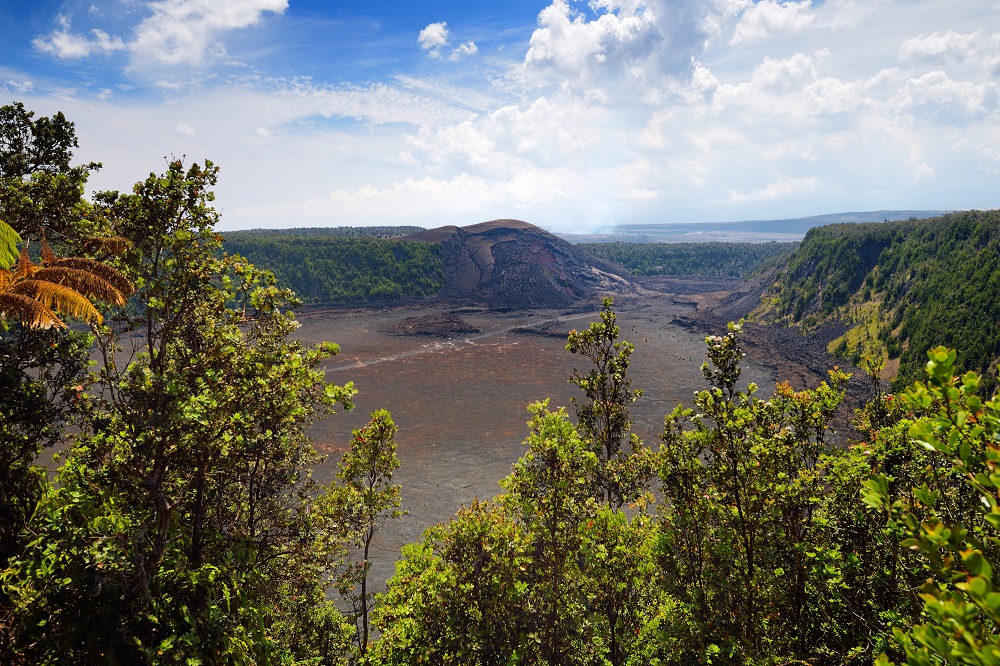
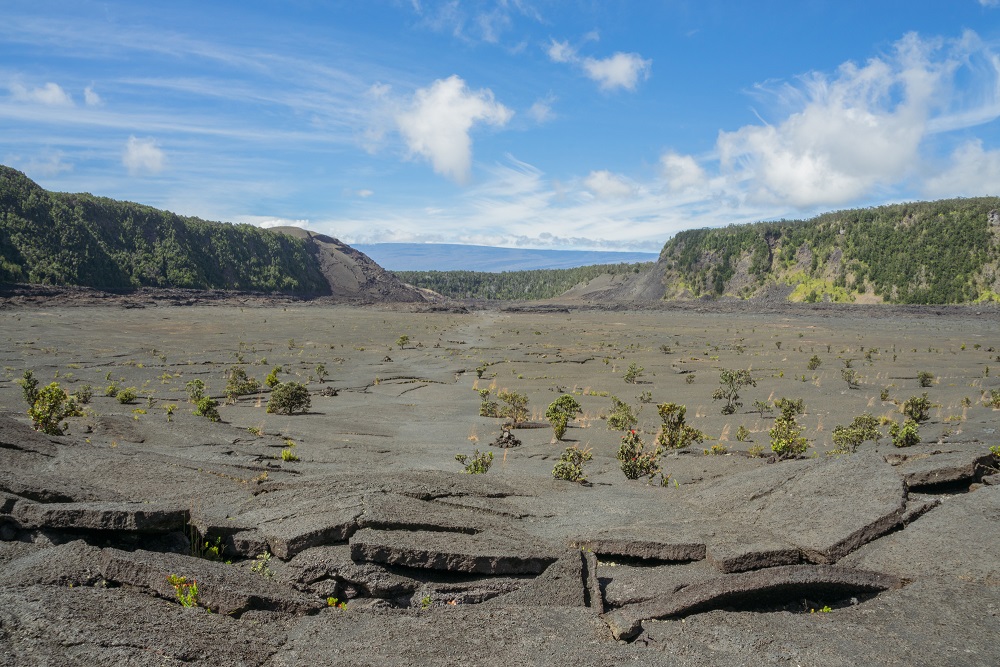
Sulphur Banks Trail
Sulpur Banks is a short loop trail beginning and ending at the Visitor Center which passes by geothermal volcanic features.
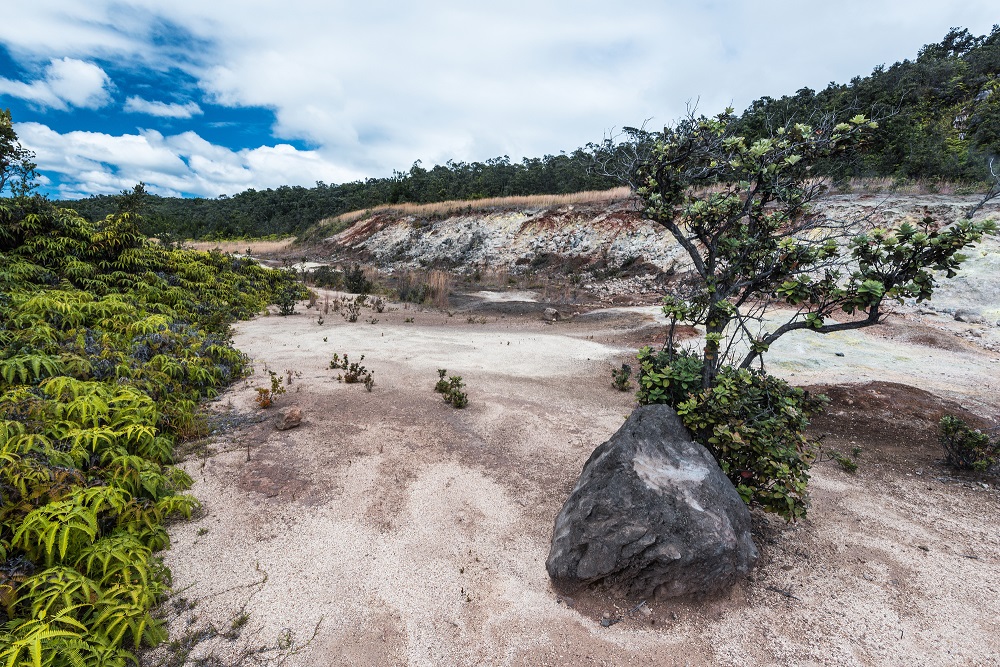
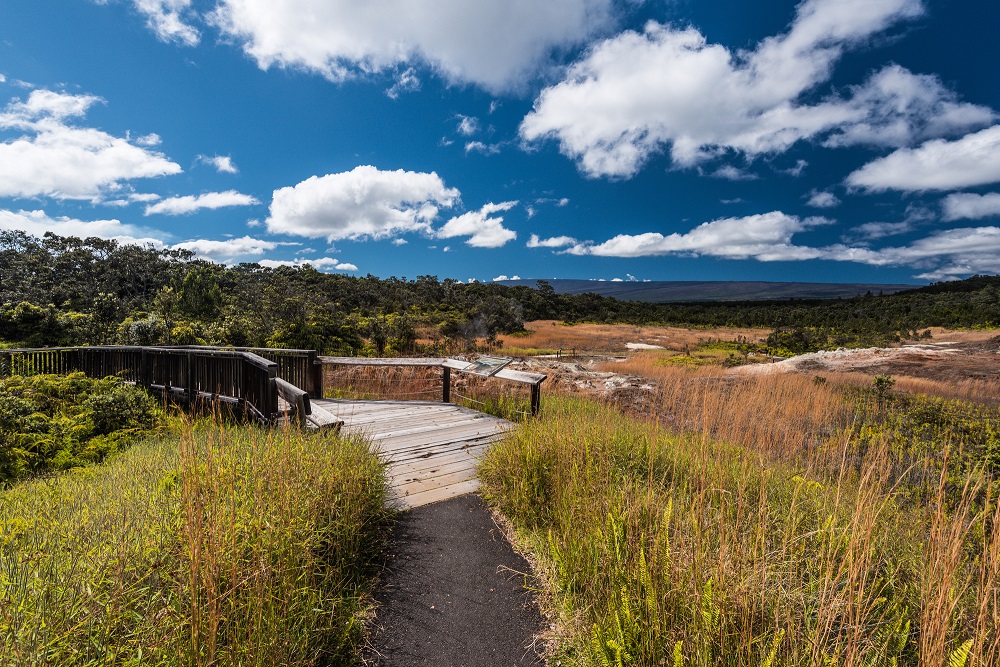
Thurston Lava Tube
The Thurston Lava Tube is a 500 year old lava cave at an elevation of 3900 feet which formed by flowing lava that stopped long ago.
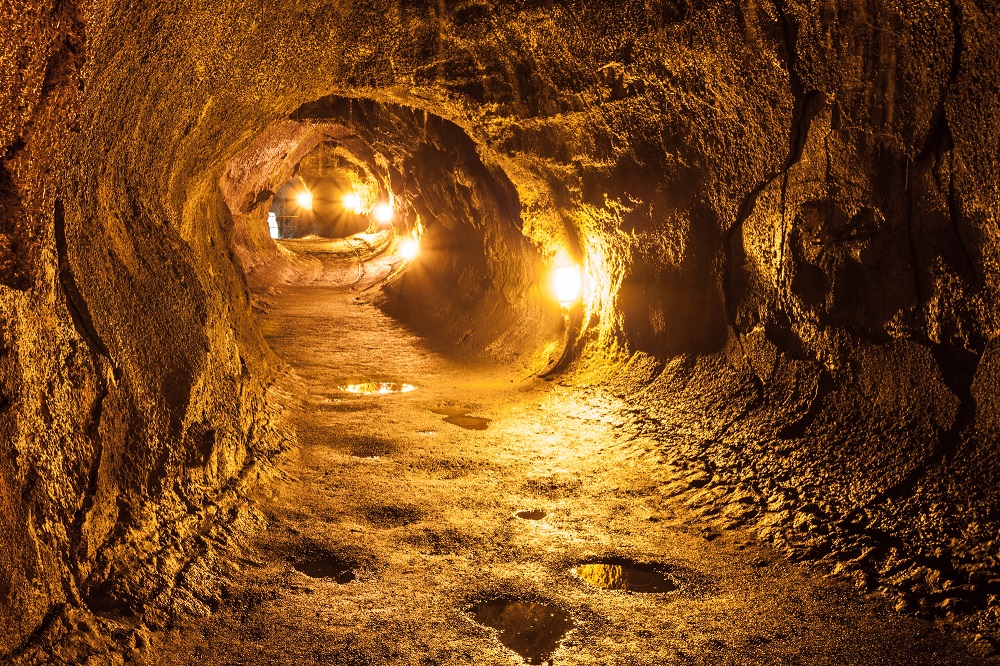
Chain of Craters Road
This is an 18.8 mile scenic drive from Crater Rim Drive to the coast near Holei Sea Arch with 10 stops along the way.
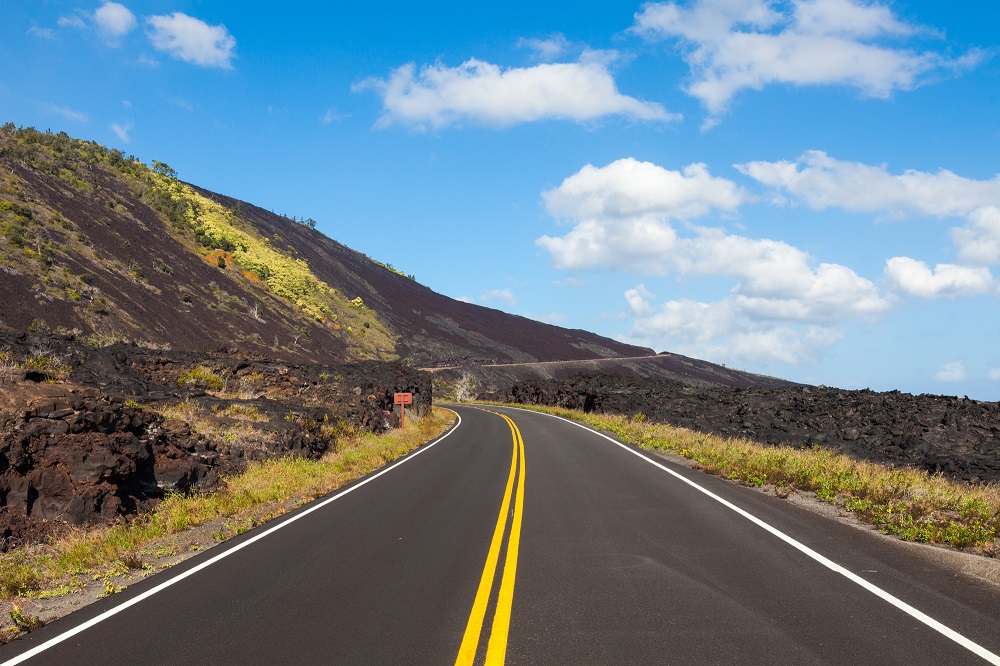
Pauahi Crater
Pauahi Crater is approximately 2000 feet long, 300-500 feet deep and 300 feet wide. The present crater floor was formed in 1973 during an eruption. It is stop #3 on the drive, 3.3 miles from the beginning of Chain of Craters Road. There is a short boardwalk and small viewing platform.
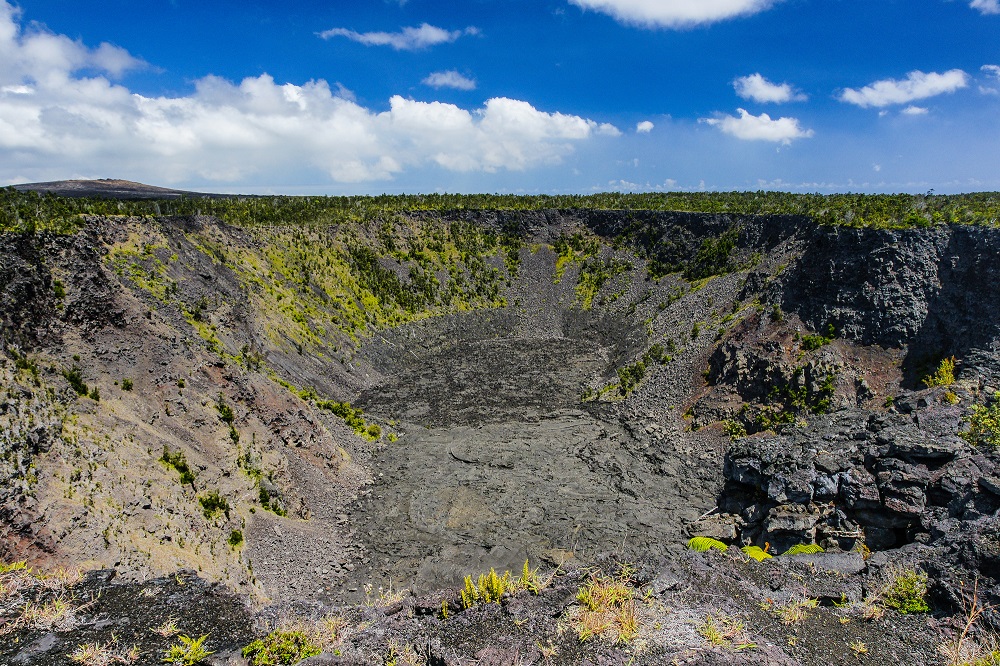
Alanui Kahiko and Holei Pali
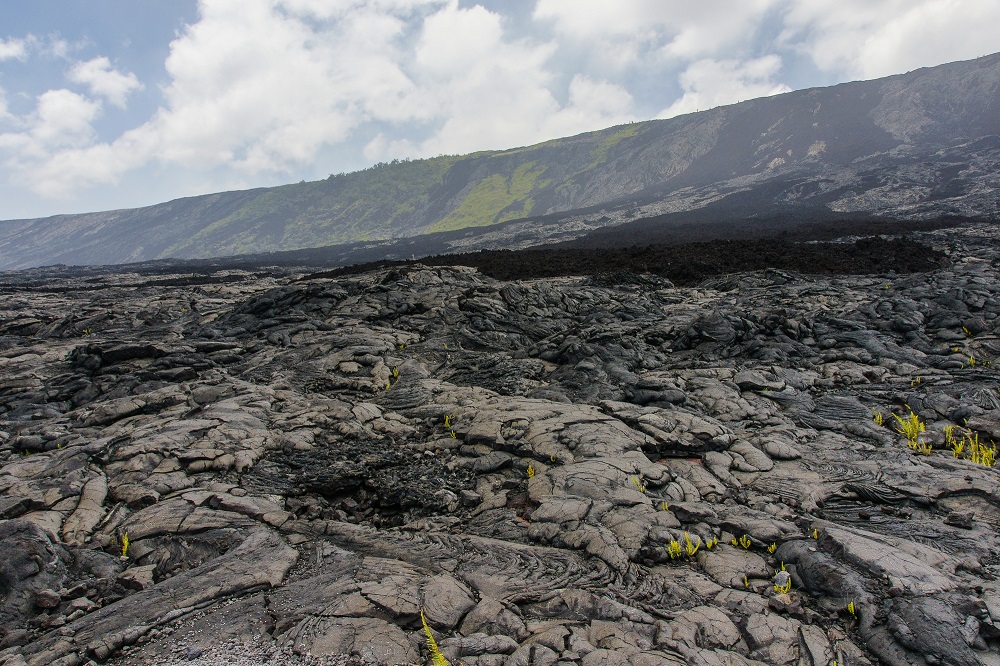
Holei Sea Arch
A 90 foot natural arch on the southern coast of Big Island. It is stop #9 on the Chain of Craters Road Tour, near the end of Chain of Craters Road. It was cut into the ancient lava flow about 550 years ago.
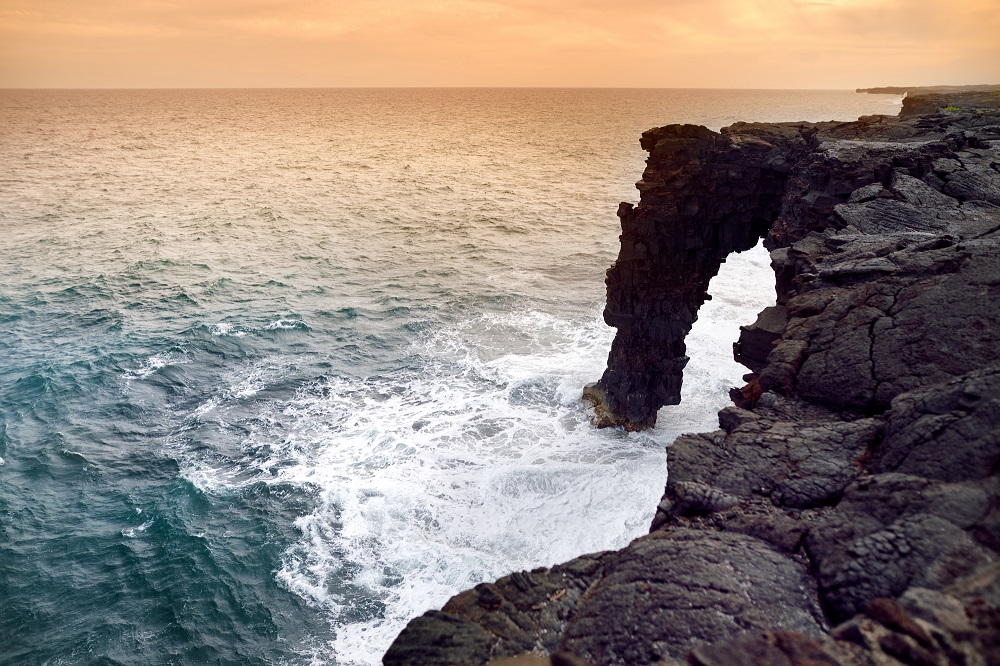
Kahuku Unit
This section of the national park is located on the shoulder of Mauna Loa, one of the largest volcanoes on Earth. The park unit is about an hour drive from Kilauea Visitor Center. It is located on the former land of one of the biggest cattle ranches in Hawaii. There are a number of day hike options in the Kahuku Unit.
Hiking Trails:
Recent Bird Sightings
Vacation Packages:
Weather Forecast:
[wunderground location=”Volcano, HI” numdays=”4″ layout=”simple” showdata=”search,alert,daynames,highlow,pop,icon,text,conditions,date”]
Average Temperature (Monthly)
Radar:
Some Hotels and Other Lodging Options:
Camping
Kulanaokuaiki campround:
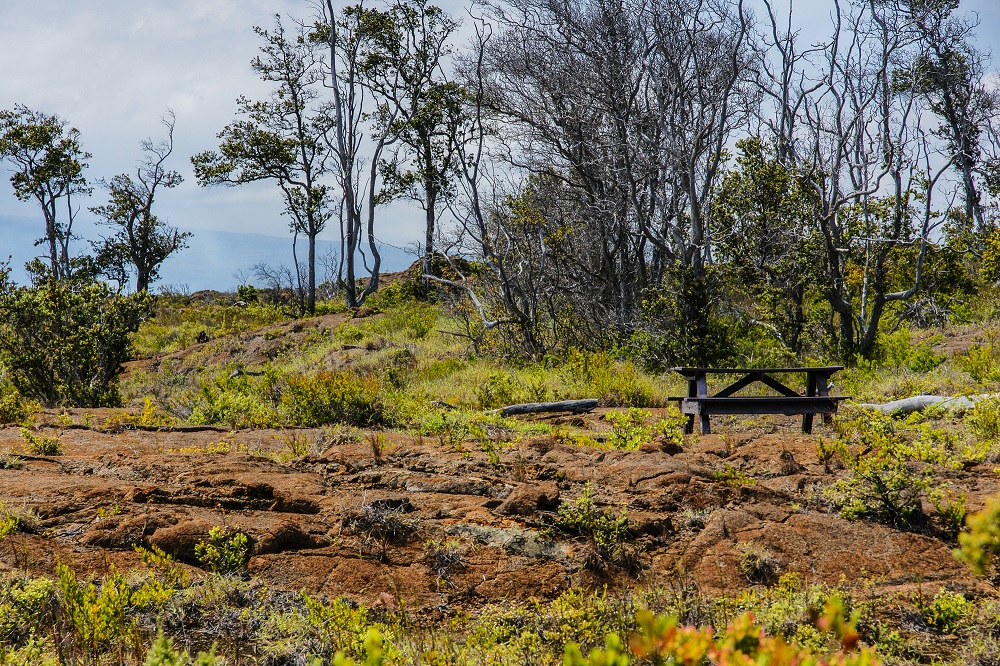
Flights:
[tp_in_our_city_fly_shortcodes destination=ITO title=”” limit=15 paginate=false stops=0 one_way=false off_title=true subid=”” currency=”USD”]
Shop:
American Samoa
Arches
Badlands
Big Bend
Biscayne
Black Canyon
Bryce Canyon
Canyonlands
Capitol Reef
Carlsbad Caverns
Channel Islands
Congaree
Crater Lake
Cuyahoga Valley
Death Valley
Denali
Dry Tortugas
Everglades
Gates of the Arctic
Glacier Bay
Glacier
Grand Canyon
Grand Teton
Great Basin
Great Sand Dunes
Great Smoky Mountains
Guadalupe Mountains
Haleakala
Hot Springs
Hawaii Volcanoes
Hot Springs
Isle Royale
Joshua Tree
Katmai
Kenai Fjords
Kings Canyon
Kobuk Valley
Lake Clark
Lassen Volcanic
Mammoth Cave
Mesa Verde
Mount Rainier
North Cascades
Olympic
Petrified Forest
Pinnacles
Redwood
Rocky Mountain
Saguaro
Sequoia
Shenandoah
Theodore Roosevelt
Virgin Islands
Voyaguers
Wind Cave
Wrangell-St. Elias
Yellowstone
Yosemite
Zion


